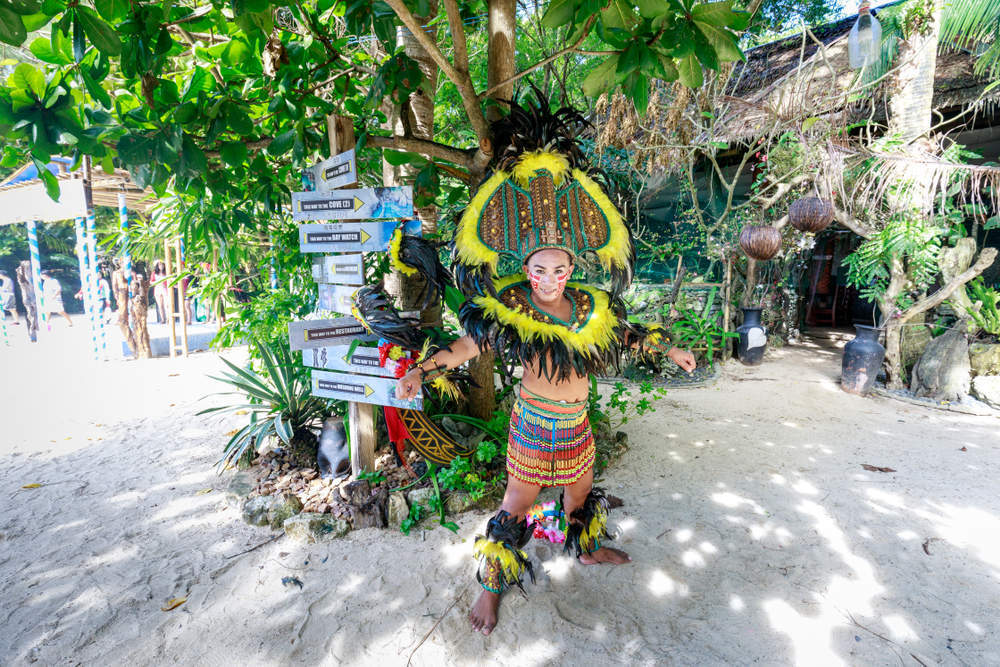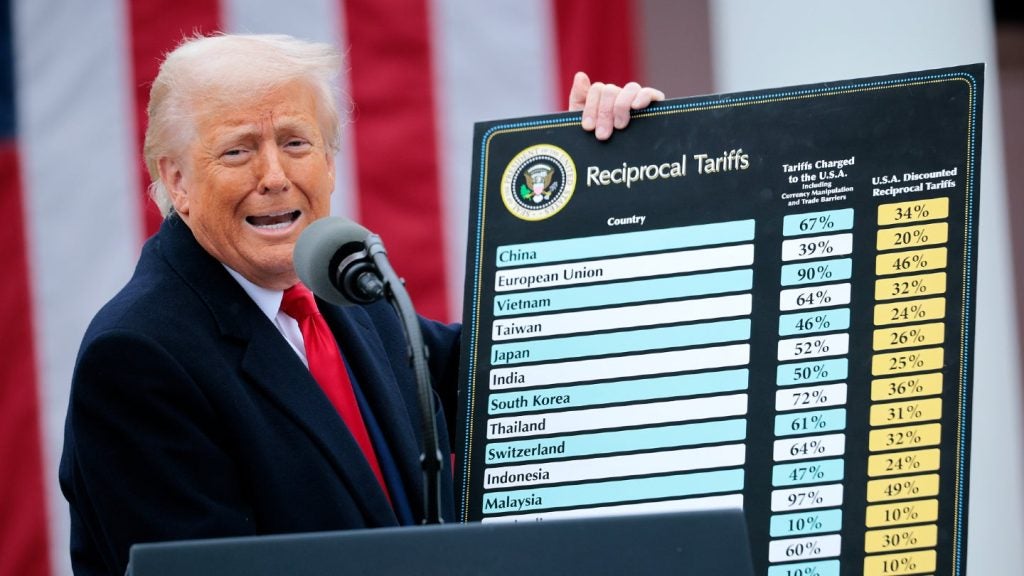The Philippines Government has shut down Boracay Island for six months from April over environmental concerns that the area had turned into what President Rodrigo Duterte called a “cesspool” due to the high influx of visitors over the past decade.
The news, coupled with the expected closure of the popular Maya Bay on Phi Phi Island in Thailand this June, is a stark reminder of the potential economic, social and environmental risks of unsustainable tourism growth.
These decisions also highlight that “overtourism” and the sustainable management of tourist flows is one of the greatest challenges today’s travel industry has to face.
Boracay is one of the most popular destinations in the Philippines; both among domestic and international visitors. The white sand beaches, exotic nature and buzzing nightlife have been luring visitors from around the world to the island, which last year welcomed two million tourists – of which one million were foreigners.
As is the case with many destinations that suddenly become tourist hotspots, Boracay’s authorities welcomed the influx of visitors – and ultimately the higher tourist revenues – by trying to accommodate as many travellers as possible.
To do so, they increased the capacity of accommodation facilities, restaurants and bars in a short period of time.
This means that many of the newly built establishments are illegal, while others were not properly connected to the sewage system.
According to the environment ministry of the Philippines, 195 businesses and more than 4,000 residences are not connected to sewer lines and have been accused of dumping raw sewage directly into the sea, heavily damaging coral reefs and marine life.
The case of the Boracay Island is a prominent example of how short-term profitability comes at a high cost. Initially, the tourist boom allowed the local economy to flourish by creating jobs and generating essential income, supporting the livelihoods of thousands of people.
However, a lack of measures and policies to sustainably manage the rapid growth in the industry have been found to endanger the marine ecosystem — the island’s core product and the main reason tourists visit Boracay.
Most importantly, the current decision to close Boracay for six months in an attempt to clean-up the island and resolve the sewage problem is expected to damage the livelihoods of the island’s residents that depend directly and indirectly on the tourism industry.
Current projections suggest that the closure may end up costing the Philippines up to $1 billion.
Recognising sustainability as one of the key priorities of the industry and working towards innovative solutions and policies is pivotal if tourism stakeholders want to avoid crises such as the one in the Philippines and ensure the future growth of the industry.
From Venice and Barcelona to Maya Bay and Boracay, the negative implications of mass tourism are becoming increasingly evident, forcing government bodies and individual tourism players to be more proactive.
There are multiple policies that tourism boards can experiment with such as promoting tourism in secondary cities and beach destinations, fostering partnerships among local, national and international players, as well as tackling seasonality or introducing quotas on cruise arrivals.







